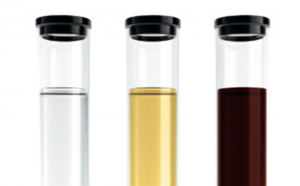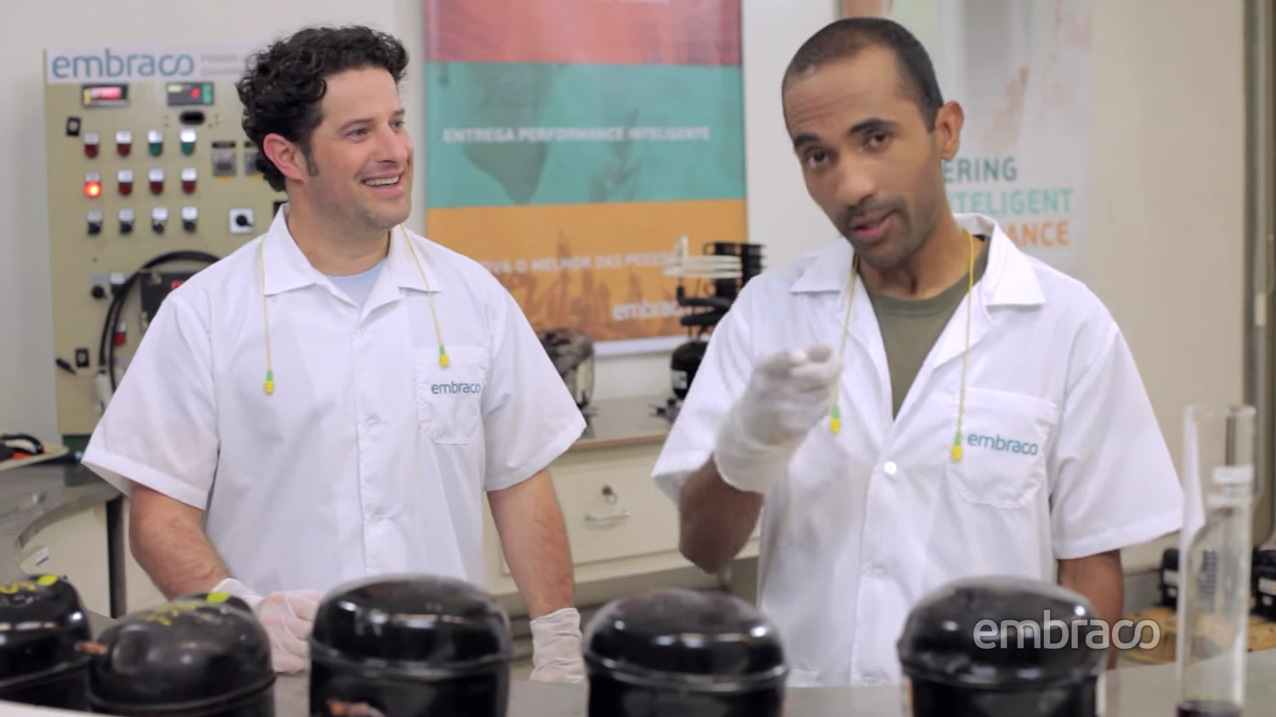[gravata] Know the causes and basic precautions to avoid them. [/gravata]
The issue of possible causes for failures in refrigeration systems was presented in several Embraco mini-lectures during the last Febrava. There was great interest from participants therefore we’ve decided to address this subject here, more broadly.
Embraco is very concerned about the issues that impact the quality of its products and various measures are taken to control production in order to reduce failures in the field. However, most of the compressors returned to Embraco as a field reject have no defects.
To begin with, we must emphasize that these failures can originate from problems related to an electrical or mechanical part.
Problems of electrical origin are concentrated in three aspects:
- Compressor motor;
- Compressor electric components;
- Refrigerator electric accessories.
But those which have mechanical origin are mainly due to problems related to:
- Mechanical kit;
- Valves set;
- Shocks during compressor transport.
From analyzing actual customer cases, Embraco specialists have detected the six main problems that occur, explained below.

On the compressor above, there are corrosion spots (arrow 1) on the steel stator, due to moisture the sludge deposit (arrow 2) on the cylinder cover is formed by lubricant degradation, a process called “oil carbonization’. therefore, the oil loses its ability to lubricate the compressor and, associated with this sludge deposit, can lead to a locked compressor.
1. Moisture
The first step to avoid this problem is to perform the vacuum correctly, using a suitable pump and maintaining the process for a minimum of 30 minutes after reaching the state of 500 microns of mercury. This is the most important step to avoid moisture. It’s worth remembering: to never use another compressor to perform the vacuum.
Other problem sources are associated with the filter drier: it’s important to replace it with a similar model when working on the refrigeration system.
Low quality refrigerants may also contain moisture, so it’s necessary to be careful when buying them.
It’s also recommended to look for leaks in the tubing, because there’s the possibility of moisture penetration directly through air infiltration
A very clear sign that there is moisture in the system is the presence of a dark colored and strong odor oil. The lubricating oil, in its normal state, is colorless (tube on the left in the image below). If it’s a clear yellow color (tube in the center) it’s acceptable, but with signs of moisture. When it’s dark (tube on the right), you can be sure that there’s a problem.
2. Valve Plate Carbonization
Correct compressor installation or good preventive maintenance avoids valve plate carbonization. This problem has three causes:
- System operating with moisture;
- Condensing unit’s fan failure;
- High operating temperature.
Therefore, to prevent this, it’s necessary to avoid moisture (see point 1 of this article), check the fan condition and be attentive to compressor overheating.
3. Insulation Melting/Corrosion
This problem is caused by similar factors that lead to valve plate carbonization. In other words, preventive measures should be the same.
4. Rupture of the cylinder cover gasket
This typically occurs when the system has excess refrigerant or excess pressure (see table above). To prevent this problem, be attentive to the gas charge that is specified on the label, performing the charge with a precision scale.
Other possible causes for this rupture include the lack of care when installing as well as an obstruction in the tubing and capillary.
5. Burned starting coil
In this case, the cause is always of electric origin:
- Inappropriate or defective relay;
- Inappropriate or defective thermal protector;
- Extremely high or low voltage (outside the acceptable variation range of 10%);
- Start with no electrical device.
6. Problems in the compressor’s thermal protection cycle
For this situation, there are several explanations, which should be analyzed by the contractor:
- Excessive refrigerant charge, generating very high pressures and amperage;
- Extremely high or low voltage;
- Inappropriate or defective relay or thermal protector;
- Inadequate or faulty starting capacitor;
- Partially clogged tubing;
- Pressures not equalized on startup;
- Compressor inadequate for application with expansion valve;
- Compressor with mechanical or electrical fault.
It’s necessary to be aware of these failure points, which are the most common in refrigeration systems.







